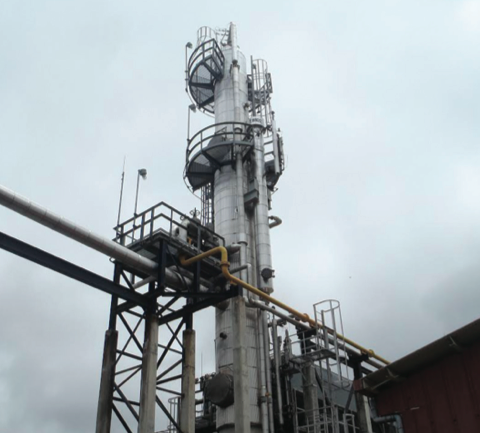As an RBI consultant, I frequently get involved in discussions spawned from a misunderstanding of the relation between Risk Based Inspection (RBI) approaches and Fitness for Service (FFS) assessments. Questions like: If thickness is below the minimum required by design, why does the risk stay so low? If we have more than 10 years of remaining life, why is inspection recommended in 4 years? If we are measuring high corrosion rates, why does the risk stay stable? Does this mean we do not have to inspect? And so on and so forth. My intention with this article is to answer these questions and more by exploring the relation between FFS and RBI, through the review of a case study discussed herein. I will use thickness analysis as an example because I think it is the most common and intuitive metric. Similar principles could be used for other damage mechanisms.
This case study involves a column in a topping unit installed in 1998 (Figure 1), which was first inspected in 2006 and then again in 2012. Both inspections were external and with similar scope.

Because of budget restrictions and the impossibility to get inside, in both cases inspectors performed an external inspection focused on reachable places, mainly near platform zones.
Thickness measurements were limited to insulation inspection windows. Inspectors found generalized internal corrosion in top head, with remaining thickness below the minimum required by design. The corroded area was analyzed according to API 579 Part 4 requirements. Once the 2012 inspection was finished, FFS and RBI assessments were performed to verify fitness for service and remaining life, and define a strategy and timeline for future inspections.

















Comments and Discussion
Add a Comment
Please log in or register to participate in comments and discussions.